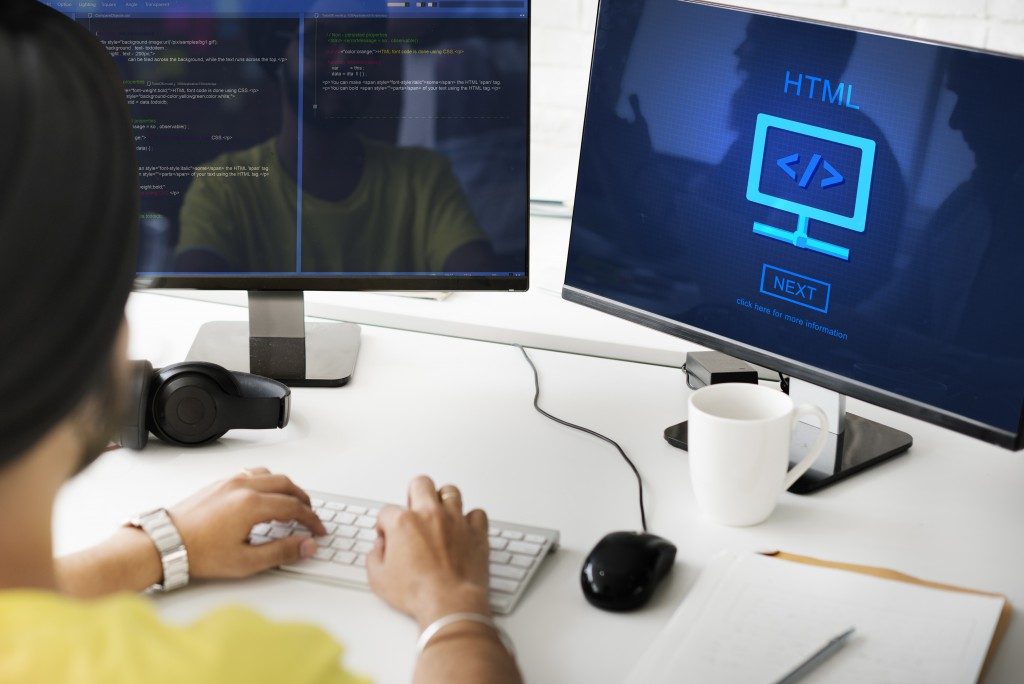Every time you go on a flight, don’t you always have to fill out a Health Declaration form? The small sheet of yellow paper asks about any symptoms you have felt before your flight, or if you’re currently experiencing them. It also asks whether you’re taking medications.
Upon your arrival, you would go through a thermal scan, a device that measures your body temperature. If you’re too hot, you’d be called to standby for a checkup and a possible quarantine.
These health protocols have been in place in airports way before the COVID-19 pandemic. But now, we see them in almost every business establishment, from hospitals to malls. Smaller premises may only use a “thermometer gun”, an infrared-powered device that also measures a person’s body temperature. No one can enter any commercial establishment without being subject to it.
Thanks to thermal scanners, every place can control who should enter their premises and who should not. Their technology allowed countries to tighten their borders so that viruses can be contained. But did they really help mitigate the spread of COVID-19?
Cases are still rising despite the travel restrictions and the vaccinations. Below, we’ll identify the devices used to execute health protocols, and how they have helped.
Thermal Cameras
Thermal cameras are the innovative infrared camera systems you see in airports and other large commercial facilities. It uses a thermal imaging system, which scans and measures surface skin temperature faster than a forehead or oral thermometer. The person doesn’t need to be close to the thermal camera for their temperature to be measured; hence, it allows social distancing. Forehead and oral thermometers, on the other hand, require the person measuring and the person being measured to be close to the device, making social distancing impossible.
While thermal cameras can tell whether someone has a fever, they cannot make a diagnosis. So it doesn’t allow security personnel to know if a sick person is infected with COVID-19. Nevertheless, anyone with a temperature higher than normal will not be permitted entry into an establishment. They will be advised to get tested and go into self-isolation if needed.
Moreover, the accuracy of thermal cameras depends on how it’s set-up and operated. First and foremost, it should be put in the right environment and location. The device needs to be properly adjusted so that it can show accurate surface skin temperature; it’s worth noting that surface skin temperature is usually lower than a person’s temperature as shown in an oral thermometer.
However, though thermal cameras are far from perfect, they’re still considered highly reliable. If you want to use one for your workplace, you can do it as long as you won’t break any privacy laws. In California and a few other states, thermal cameras may not be allowed in businesses because they can compromise the security of a person’s health information. Moreover, the measuring of one’s body temperature is considered a medical examination under the Americans with Disabilities Act (ADA), so you may face some limitations if you’re going to use it for your workplace.
Therefore, do extensive research before purchasing the device. If your industry doesn’t allow it, you can consider other health-check devices that may work as just effectively.
Wearable Devices

Workplaces can only do so much in preventing the spread of COVID-19 on their premises. Ultimately, the biggest responsibility falls on the individual employees. Employers can urge their employees to use face masks or any facial covering, or high-tech wearable devices.
If your company organizes trade shows, festivals, and other events that involve crowds, you can recommend smart face shields. The device resembles a helmet but is actually a face shield and an air purifier in one.
You can also check out a smart mask, a face mask that can be connected to a smartphone. It’s equipped with a sensor that tracks the wearer’s breathing and the air quality around them. It also comes with an app that tells the wearer which air pollutants and particulates have been blocked and sends a reminder for a filter replacement.
Though expensive, these devices have a promising market. The wearables market worldwide is expected to reach $81.5 billion this year. Meanwhile, the market for inexpensive wearables is only expected to reach $105 million by mid-2021.
Sure enough, 77% of Americans say that would use devices at work to enhance their safety. So even if the costs can be a burden, and that COVID-19 cannot be fully prevented by any technology, they remain essential for every individual and business.
And they won’t be going away anytime soon. Despite the vaccines, people are still urged to follow health protocols. So we should still expect the new normal to go on, and commercial establishments to keep using high-tech health-check measures, with or without a pandemic. The devices may not be perfect, but they’ve done their jobs in protecting people and places.

